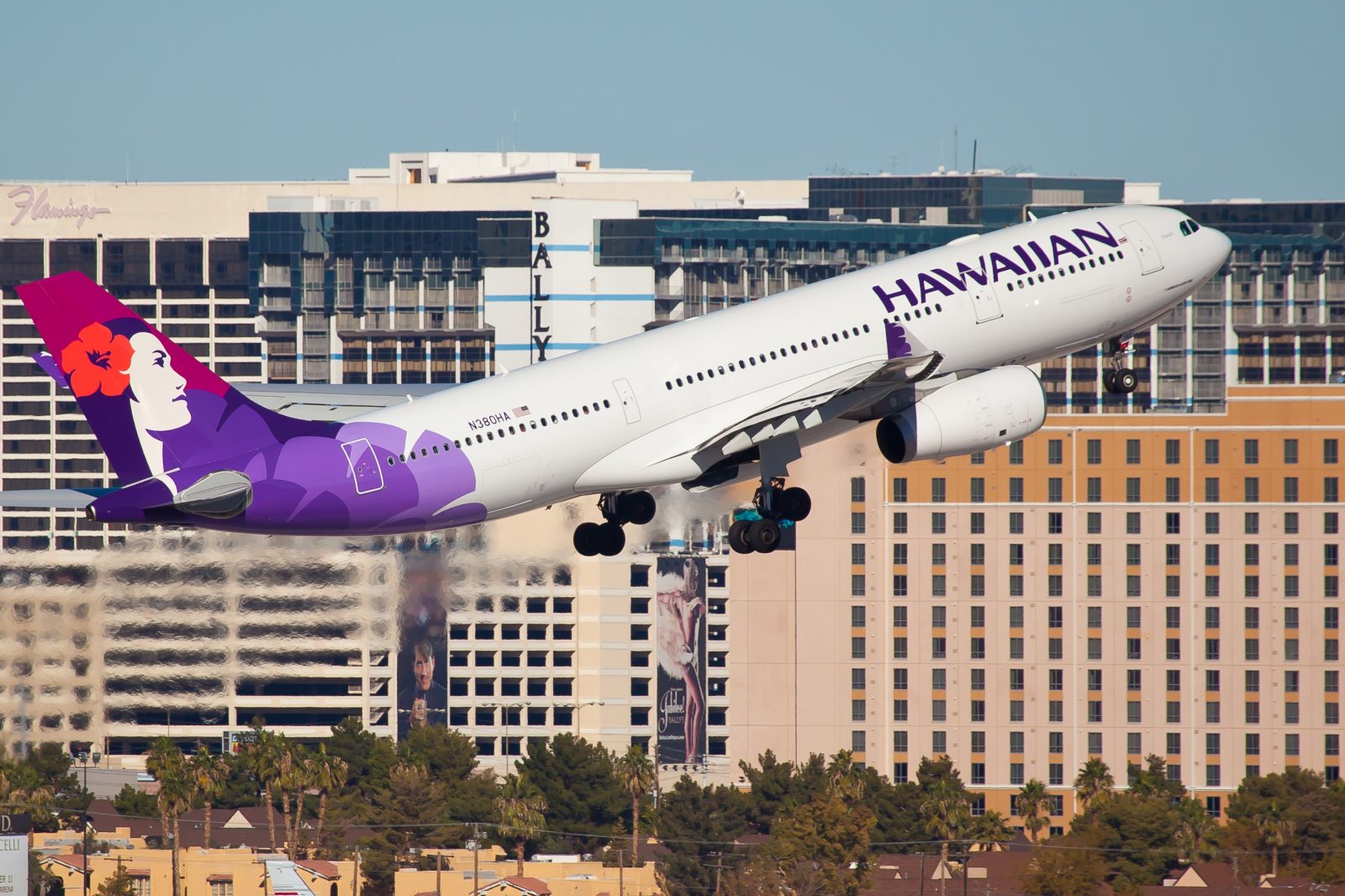
At least 12 passengers who were onboard a Hawaiian Airlines flight to Honolulu, which was hit by severe turbulence last December, are planning to sue the carrier because they believe the pilots failed to heed warnings of bad weather in the area that the turbulence struck.
According to a preliminary NTSB investigation into the December 18 incident, 25 passengers and crew were injured after the Airbus A330 was violently shaken by turbulence. Six people were seriously injured, and 20 people, including a 14-month-old child, were transported to the hospital.
The 12 passengers who are planning the lawsuit are represented by Houston-based law firm Husain Law and Associates, which specializes in aviation cases. Attorney Nomaan Husain argues that the pilots should have been aware of bad weather in the area and instructed the passengers to fasten their seatbelts.
The pilots told NTSB investigators that the flight conditions were smooth, and there was no indication of severe weather on the weather radar in the moments before the turbulence struck. Within seconds, however, a vertical cloud suddenly shot up like a ‘smoke-like plume’, giving the crew no opportunity to avoid the turbulence.
The US National Weather Service had, however, warned of severe thunderstorms in the region and post-accident analysis of weather radar imagery indicated that there had been strong turbulence in the region.
Other aircraft ahead of Hawaiian Airlines flight HA35 had not reported any turbulence.
Still, Hussain argues that the pilots should have been aware of the risk of turbulence and told passengers to buckle up. “That simply was not done on this flight — and that is what should’ve been done on this flight,” Hussain told local media.
“And, if that had been done, then nobody would have been injured.”
“We have clients with broken bones. We have clients with herniated discs. We have clients with neck injuries, back injuries. We have clients with concussions, which have now been diagnosed as a mild traumatic brain injury,” Hussain continued.
Investigatory work is ongoing before any lawsuit is filed, and the case could rest on what the pilots knew about the risk of turbulence and the actions they took to mitigate that risk.
Related
Mateusz Maszczynski honed his skills as an international flight attendant at the most prominent airline in the Middle East and has been flying ever since... most recently for a well known European airline. Matt is passionate about the aviation industry and has become an expert in passenger experience and human-centric stories. Always keeping an ear close to the ground, Matt's industry insights, analysis and news coverage is frequently relied upon by some of the biggest names in journalism.








Seems like a shakedown attempt to me. All accounts are that weather reports were smooth, including from the plane’s own weather radar, and that the hyper-localized weather event occurred so quickly that there was not time to avoid it. The attorneys must be disputing this last part in order to make a claim of negligence.
Here in the US, the legal economics are such that it’s often cheaper to settle a case than it is to successfully defend against a case. This is colloquially referred to as settling a case for “nuisance value.” Make no mistake, there’s still plenty of money to be made by settling cases for “nuisance value.”